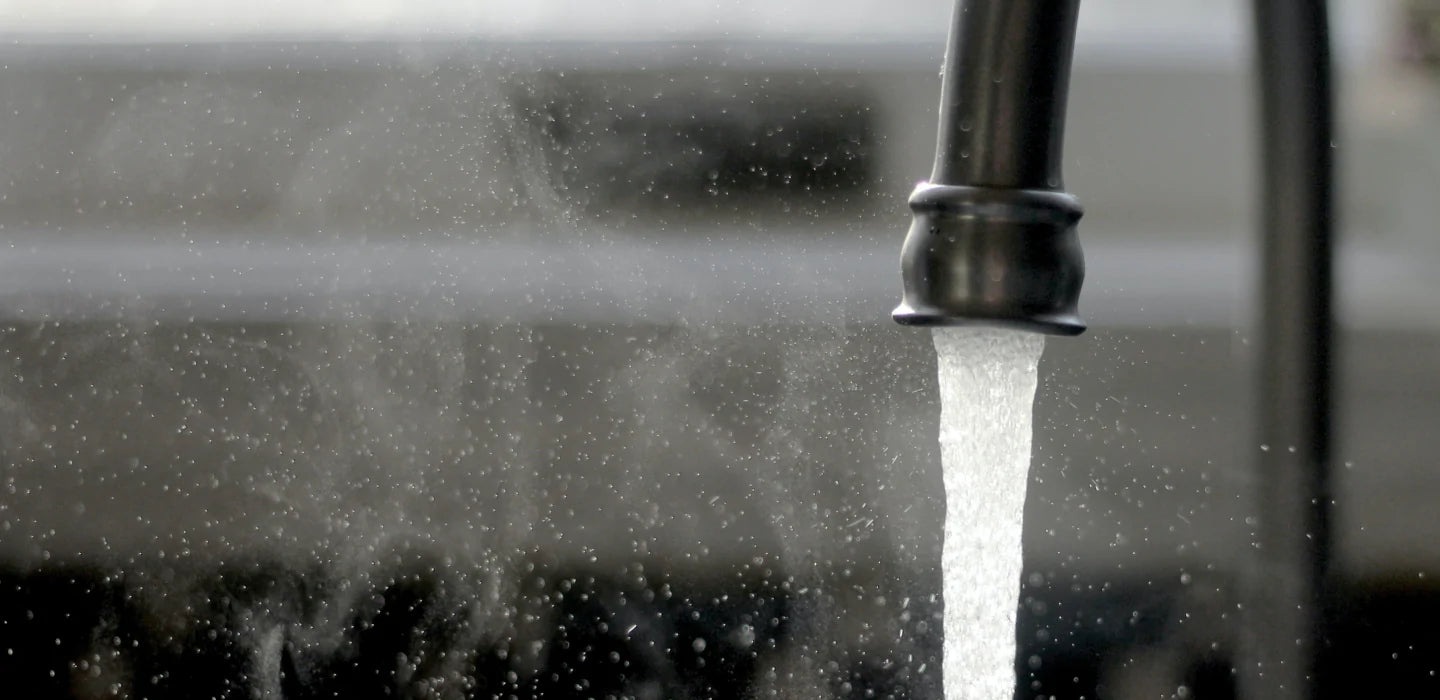Here is info we think can be useful to help you choose the best filter for your needs.
In the selection table on the Collections page, you’ll find the essential values of each model. But don’t just focus on comparing the contaminant factors reduced. It’s not as straightforward as that, once you learn how to interpret the data:
Compare for example the VOC reduction capacity between the XL7000 and the TX9000. The TX is NSF-certified to take out a lot more VOCs than the XL. Is that because the TX has better filtration media? Is it “better”?
Not really. The TX9000 is capped at a max flow rate of ½ gallon / minute, and has an NSF-certified longevity rating of just 500 gallons. The XL7000 runs at up to 2.5 gpm (5x the volume of water per minute) and has an NSF-certified longevity rating of 6000 gallons (12x the capacity). The values of max flow rate and max longevity are central to understanding contaminant reduction ratings. In this case, if the flow rate through the XL7000 were capped at 0.5 gpm, and the rated capacity reduced to the same 500 gallons, there is no reason to think the XL7000 would do any less as good a job as the TX9000 (and quite possibly better) at reducing the broadest spectrum of VOC contaminants.
The way it works, between a manufacturer and NSF, is that the factory decides its priorities, and pays NSF to certify accordingly. Using the same example, in this case Everpure, which makes the TX9000, decided its priority was a broad VOC reduction spectrum, and a restricted flow rate and modest longevity were OK. 3M, the manufacturer of the XL7000, had a different set of priorities: They wanted to get certification for a high flow rate and great longevity. That took precedence over the breadth of VOC reduction spectrum.
To understand more fully how this works, keep in mind
(1) the lower the flow rate through the filter, the more contact time (filtration media to water) there will be;
(2) for all contaminants other than particles, as the amount of usage increases, the contaminant reduction % is reduced.
In the case of the XL7000, a flow rate of 2.5 gpm is higher than most kitchen cold water lines will provide – 2.0 or 1.5 gpm is the more expected flow rate. If filtered water is directed instead through a dedicated small “glass filler”-type faucet, that will reduce the flow rate more, typically to the 0.75 – 1.0 gpm range. The slower the water that travels through the filter, the more contaminant reduction will take place, and the better quality product water will result.
This is the key point to keep in mind when comparing performance: What are (1) the max flow rate and (2) the rated longevity of the filter cartridge associated with the reduction claims?
The second overall point to keep in mind: Just because a contaminant is not listed as being filtered out, does not mean it is not taken out. Whether it is listed depends on whether the manufacturer paid NSF to test for that water quality factor. And the choice is somewhat informed by the factory’s assessment of what is meaningful to the public.
So with lead, for example, because it’s of great concern to people, you can be sure that if a filter takes out lead, it will be specifically claimed. If lead reduction isn’t stated, the filter probably doesn’t take lead out. On the other hand, if a filter does take out lead, it will take out copper and zinc, too. Copper is widely prevalent in NYC tap water for example, because most water lines use copper. Copper is much more common than lead in NYC water. But because people are more concerned about lead than copper, the contaminant reduction listings are more likely to reference lead than copper.
More about how NSF evaluates filters.
In the selection chart, you will find a wide range of pricing. The major reason why the series7000 filters cost so much more than series 9000 is size: Bigger filters can handle higher flow rates, and have much greater longevity. The larger filters of course contain more media inside, which is always a positive: More media = greater depth of contaminant reduction.
About particulates: Unlike the physiochemical part of the spectrum, particle reduction actually improves as a filter is used. It collects particles, which effectively offer finer filtration. But it’s also true that particles slow down the flow rate as they collect and increase pressure loss through the media. What tends to happen in high TSS (total suspended solids) conditions – NYC is a prime example – is that the filter slows down to the point that it is impractical to use, before its capacity to reduce the physiochemical part of the contaminant spectrum is diminished. Thus NSF-rated longevity only tells you the performance of the filter in the water conditions in which the filter was tested by NSF. It doesn’t tell you how long the cartridge will last in your water conditions, just like the company that supplied your vacuum cleaner can’t tell you how long their bags will last.
In the end, there is some guesswork involved. Selecting a water filter is not an exact science. Our best advice is this: If your budget allows it, the XL7000 should be your first choice. There is probably nothing that the others offer that the XL omits. However, if your budget does not accommodate the ticket price of the XL, don’t be held back. Any one of these filters is a good choice. The qualitative difference between the lowest cost CX9000 and the highest price XL7000 is much less than the qualitative difference between the CX9000 and tap water. Don’t worry: Our low price point filters are not low quality.

Share:
About NSF Certification
Choosing a Water Filter